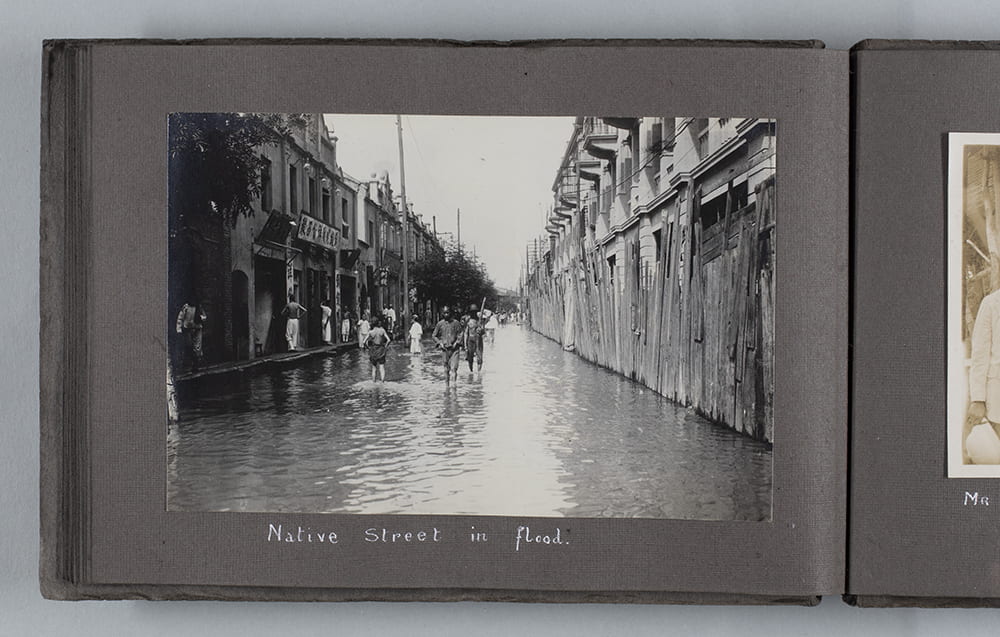Over the past month Wuhan has been much-discussed, but its history is still largely misunderstood. I wrote about its long and intimate relationship with world markets in this blog post. It was of course, like most of the Chinese treaty ports, opened up as a consequence of conflict, and the exercise of foreign might.
The fact that it was a site of foreign residence and trade, means that it often crops up in photographs in our collections. You can find about 460 searching for Wuhan in our advanced search, including probably the earliest photograph taken in the city, this portrait of the Manchu Governor-General Guanwen 官文 taken in December 1858.
This collection continues to grow, and last week we received an unexpected donation of a small album from the granddaughter of a couple working with the China Inland Mission from 1923-1926. While the bulk of the collection consists of photographs taken in the hill-top summer resort of Guling (Kuling), there are a number from Wuhan showing (we think, but we may well be wrong) the floods of late August 1926. Wuhan was repeatedly afflicted by flooding, and the devastatingly destructive floods of 1931 form the subject of Chris Courtney’s 2018 book The Nature of Disaster in China: The 1931 Yangzi River Flood (Cambridge University Press). Sometimes the echoes from history sound familiar. Flooding in Wuchang in 1924, one Shanghai headline pronounced ‘A Flood caused by “bad government”‘. Here are three of the images, the first and second forming a before and during of the scene.



We will be copying all these photographs and adding them to the website, but for now these pages of this small album, until last week in the hands of the family, show yet again how globally interconnected Wuhan has long been.


